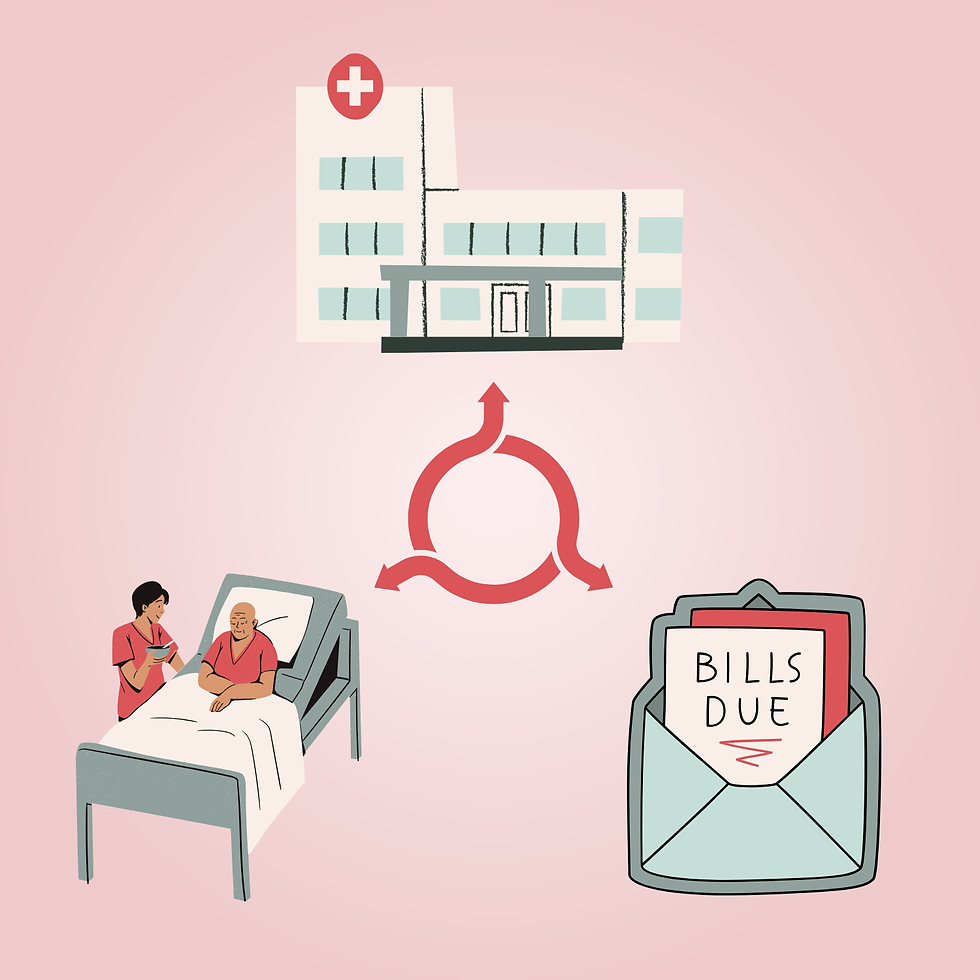The Pink Collar in Medicine
- Michelle Huang
- Oct 30, 2020
- 4 min read
As a student pursuing the field of medicine, I have one of the classic pre-medical student narratives: I have been wanting to be a physician ever since I was a young girl, and I could not imagine considering another career. In recent years, as more and more women have joined the medical field, and the presence of women has expanded across all aspects of medical practice, women like me to continue to be inspired to seek this career path. In 2014 alone, women already dominated some medical professions, accounting for more than 70% of physician assistant students, 62% of practicing PAs, and 57% of faculty in PA programs (Essary, 2014). Half of all US medical students, 30% of actively practicing physicians, and 37% of faculty at academic medical centers are female, and the number of women in the profession has only been increasing (Essary, 2014).
Growing up, I never had a doubt in my mind that I belonged in the medical field, and even as a woman in STEM, I never once stopped to reconcile the idea that my gender could prevent me from realizing my aspirations in medicine. However, even as more women are participating in the medical profession, inequalities in pay, leadership, and respect still run rampant in the practice, causing many women to reconsider their places as physicians. The representation of women in the field of medical practice is rapidly increasing, but society needs to change the allotment of resources, social attitudes, and bureaucratic control in order for women to truly have an equal influence in medicine. By neglecting female healthcare workers and denying them equality, the healthcare system also neglects to recognize the importance women have in the representation of patient populations, hindering the care that patients can receive.

On average, women earn about $30,000 less per year as a physician than men in the same position (Essary, 2014). This wage gap is something women experience in countless professions, and in medicine, it indicates how more competitive, higher-paying specializations are occupied disproportionately by men, especially as women are thought to drop out of those positions once they have children. Not only is this a strong misconception as women are actually more likely to return to their full-time practice and increase their hours after having children, but it is fundamentally rooted in the patriarchal idea that women must be the primary actor in raising a family (Ross, 2003). Even if the woman has no interest in raising a family, they are still automatically assumed to want one in the future and thus thought to be unfit for high-paying physician jobs. The lack of equal pay opportunities female physicians encounter is only one of the many inequalities they face and something that requires a great deal of change.
Women in medicine are also often criticized for not taking their share in leadership roles, but when female physicians do demand equal pay and leadership positions in healthcare, they are thought to hit a so-called “glass ceiling”— a very real, invisible barrier that prevents women from achieving the leadership status that men achieve. Female healthcare workers with the same credentials and abilities as male healthcare workers are found to have harsher resident milestone evaluations and less access to leadership opportunities, limiting them in the paths they can take in medicine.

In addition, the increase of female physicians in the field has led to the belief that the medical profession is being “feminized” and that it has become a “pink collar career,” losing the respect and monetary compensation the career usually carries (Ross, 2003). Why must a profession become less distinguished when women hold positions in it? The idea that women entering medicine decrease its prestige is a clear reflection of the view people have on women themselves, seeing the jobs they occupy as less revered because women themselves are less respected. The decrease of monetary compensation in the field is also directly related to the lack of leadership roles and high-paying opportunities female health workers have access to, perpetuating the inequities women experience in medicine.
The increase in women in medicine should not represent the decrease of prestige or respect in the profession, rather an increase of diversity and representation in the field. More women in healthcare means that more female patients are being listened to and receiving the representation and attention that male physicians often fail to provide them, and female healthcare workers inspire younger generations of girls to pursue the medical profession. There needs to be a change in the social beliefs and attitudes surrounding women, and only then will they receive the compensation, opportunities, and respect they deserve. Medicine is a profession that aims to serve the public, and until there is equality in medicine, the medical field will not be serving its patients in the best way possible.
Essary, Alison C, and Coplan, Bettie. “Ethics, equity, and economics: a primer on women in medicine.” JAAPA : official journal of the American Academy of Physician Assistantsvol. 27,5 (2014): 35-8. doi:10.1097/01.JAA.0000446231.08425.6d
Ross, Shelby. "The Feminization Of Medicine". Vol 5, no. 9, 2003. American Medical Association (AMA), doi:10.1001/virtualmentor.2003.5.9.msoc1-0309.



Comments